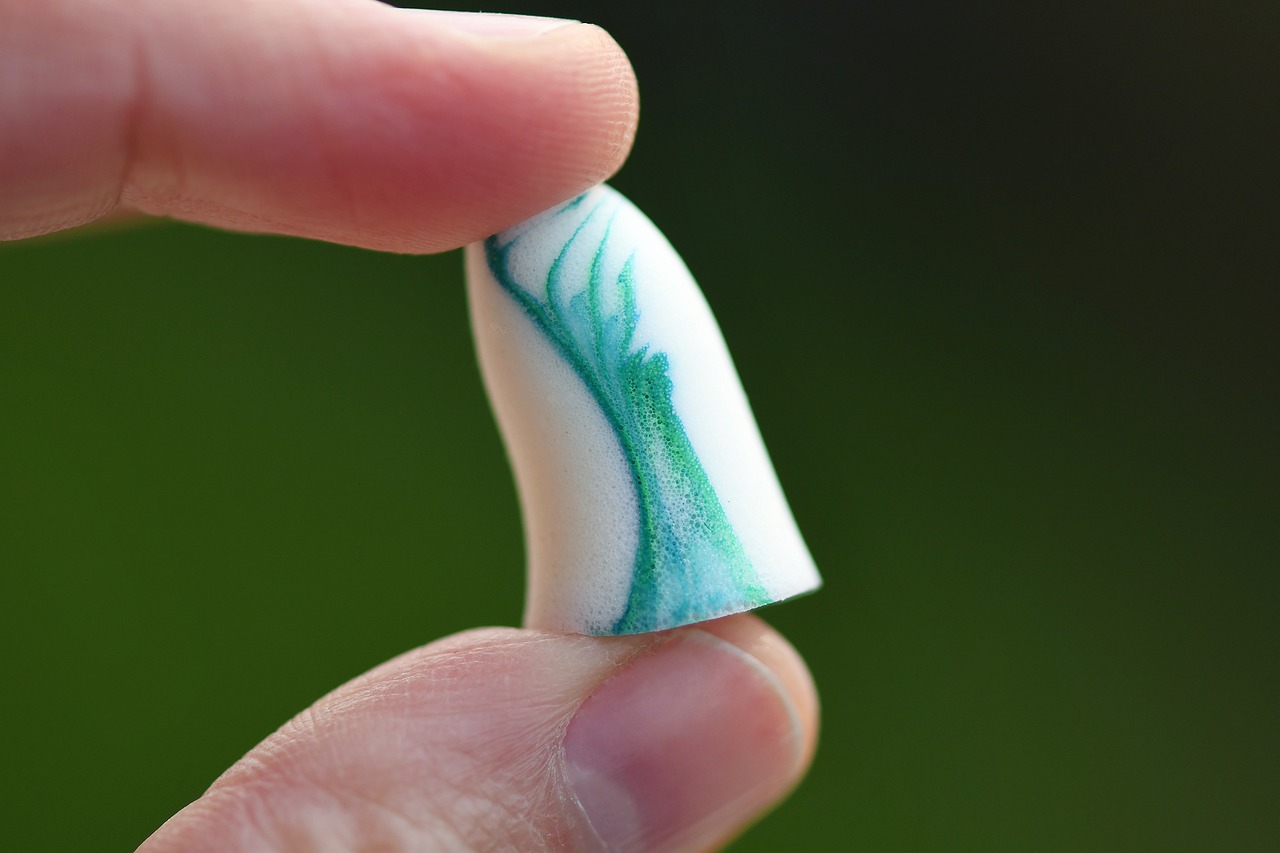What Are Hearing Aid Accessories?
To begin with, let’s first define what hearing aid accessories are. Hearing aid accessories, also known as hearing aid supplies, are supplementary items designed to enhance the functionality, use, and comfort of hearing aids. They help improve the overall hearing experience and provide added convenience.
Types of Accessories for Hearing Aids
There are various hearing aid accessories available on the market. Common types include:
- Batteries – One of the most crucial supplies for hearing aids
- Disposable Batteries: Most traditional hearing aids use these. They come in various sizes, so it’s important to choose the correct type for your device.
- Rechargeable Batteries: An increasingly popular choice, reducing the need for frequent replacements. Simply charge overnight for daily use.
Tip: If you use disposable batteries, keep spares on hand to avoid interruptions, as regular replacement ensures proper functioning. For rechargeable hearing aids, use a compatible charger and store it in a dry location to prevent damage.
- Ear Molds – Custom-made components
Ear molds are designed to fit the unique shape of your ear canal. They enhance comfort and ensure a secure fit, improving sound quality and reducing feedback or whistling.
Tip: Regularly check and clean your ear molds to maintain a good seal and prevent discomfort. If your ear shape changes, consider getting new molds made.

- Cleaning Tools – Maintaining hearing aids’ performance and hygiene
Cleaning tools such as brushes and picks help remove earwax and debris from your devices, ensuring clear sound pathways and proper functioning.
Tip: Follow the manufacturer’s cleaning instructions to avoid damaging your hearing aids. Clean your devices daily to prevent buildup that could impact sound quality.
- Drying Boxes – Keeping your hearing aids dry from moisture
- Physical Drying Boxes: Use natural dehumidification or desiccants like silica gel to absorb moisture and keep the hearing aids dry.
- Electronic Drying Boxes: By heating the air through electric heating elements, or using fans and heating elements to accelerate the evaporation of moisture, typically at a higher cost.
Tip: Keep your hearing aids dry for optimal performance, even if they are waterproof or water-resistant.
- Protective Covers and Filters – Protecting them from moisture and earwax
Protective covers and filters act as barriers against moisture and earwax, reducing the risk of damage and extending the lifespan of your hearing aids.
Tip: Replace protective covers and filters regularly, especially if you notice any degradation in sound quality or performance.
- Retention Accessories – Preventing your hearing aids from falling out
- Ear Hooks and Tubes: These suppliers help secure hearing aids in place and ensure a comfortable fit. They are especially useful for active individuals or those with dexterity issues.
- Hearing Aid Clips: Attach to clothing or glasses to prevent accidental loss or damage.
Tip: If your hearing aids fall out frequently or if you are often in environments where the risk of loss or damage is higher—such as during exercise or while moving around—use ear hooks, tubes, and clips. Most importantly, ensure they are compatible with your hearing aid model.
- Remote Controls and Apps – Helping you adjust the hearing aids conveniently
- Remote Controls: Allow users to adjust settings like volume and programs discreetly. This can be particularly useful in different listening environments.
- Smartphone Apps: Many modern hearing aids come with companion apps that offer features such as remote control, program adjustments, and even real-time sound quality enhancements.
Tip: Use remote controls for quick, discreet adjustments, and smartphone apps for advanced, personalized control and real-time sound enhancements.
- Travel Cases – Providing a secure and convenient way to carry your hearing aids and accessories
A good travel case protects your devices from physical damage and environmental factors while you’re on the go. Look for cases with compartments to store batteries, cleaning tools, and other essentials.
Tip: Choose a sturdy case with adequate padding to keep your hearing aids safe during travel.
- Hearing Aid Accessories for Specific Needs
- FM Systems: Wireless systems that transmit sound directly to your hearing aids from a microphone worn by a speaker, making it easier to hear in noisy environments.
- Bluetooth Streamers: Devices that connect your hearing aids to Bluetooth-enabled devices, such as smartphones or televisions, providing direct audio streaming.
Tip: When choosing FM systems or Bluetooth streamers, ensure compatibility with your hearing aid model and consider features like ease of use and range.
How to Choose the Right Hearing Aid Suppliers
- Identify Your Needs
Lifestyle Considerations: If you lead an active lifestyle or frequently encounter wet or dusty environments, focus on hearing aid supplies that offer moisture protection and durability.
Hearing Environment: For those who often find themselves in noisy environments, accessories like FM systems or Bluetooth streamers can enhance sound quality and clarity.
- Compatibility
Device Compatibility: Ensure that the accessories you choose are compatible with your specific hearing aid model. Checking manufacturer guidelines or consulting with an audiologist can help prevent compatibility issues.
- Ease of Use
User-Friendly Features: Opt for hearing aid accessories that are easy to use and maintain. Accessories like remote controls and smartphone apps should be intuitive and accessible.
- Budget
Cost vs. Benefit: Evaluate the cost of accessories in relation to their benefits. Invest in quality accessories that offer long-term value and enhance your hearing aid experience.
- Consult with Professionals
Audiologist Advice: For personalized recommendations, consult with an audiologist. They can provide expert advice on the best hearing aid supplies and accessories for your specific needs.

Enhance Your Hearing Experience with the Latest Technology
While choosing the right accessories is essential for optimizing your hearing aids, considering the advanced features of modern hearing aids can also significantly enhance your experience.
Nearity’s HearPod Air, designed for individuals with mild-to-moderate hearing loss, offers exceptional clarity in any environment. It features AI-powered noise reduction technology, four listening modes, and an impressive 33-hour battery life from a quick charge.
By pairing high-quality accessories with cutting-edge hearing aids like the HearPod Air, you can achieve the best possible hearing experience.

